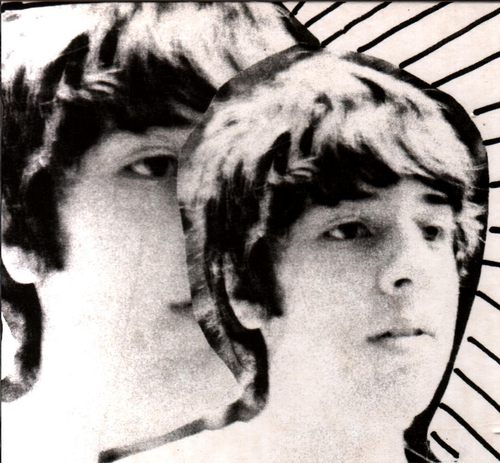
A Conversation with Adam Green
Musician and artist Adam Green was in born in 1981 and grew up in New York. He became known as one half of the anti-folk band The Moldy Peaches, which he formed with Kimya Dawson. The Moldy Peaches went on hiatus in 2004, but continued to write music, contributing several songs to the soundtrack of the film Juno, including the evocative duet “Anyone Else But You.”
Since then, Green has produced seven solo albums, Garfield (2002), Friends of Mine (2003), Gemstones (2005), Jacket Full of Danger ( 2006), Sixes & Sevens (2008), Minor Love (2010), and MusiK for a Play (2010). His most recent record is album of duets with Little Joy’s Binki Shapiro, produced in 2013. Although Green identifies as a folk singer, his songs defy generic classification.
Green has also staged a number of solo and collaborative art shows in New York and around the world, including Teen Tech (2010), Cartoon & Complaint (2012), Leisure Inferno (2012), and Houseface (2012), a collection of works inspired by De Stijl and the architecture of Friedensreich Hundertwasser and Antoni Gaudí. Like his music, Green’s painting and sculpture defies categorization, but often references aspects of ‘80s and ’90s popular culture in recontextualized formats. His most recent exhibit was Hot Chicks (2014) at The Hole Gallery in New York, a show which included friends and artists such as Devendra Banhart, Taylor McKimens, and Matt Leines.
In 2011, Green released his first film, The Wrong Ferarri. Shot entirely on an iPhone, it was written, directed, and performed by Green and featured cameos from Banhart, Pete Doherty, Sky Ferreira, and Macaulay Culkin, among others. Green is currently working on his next film project, a version of Aladdin.
—JT Thomas
I. THE VITALITY OF THE HUMAN HAND
JT THOMAS: I know that you’ve been making music since you were fairly young. Why did you start making visual art six or seven years ago? Was sculpture and painting something you had been involved with for a long time, but just not professionally? Or were you just drawn to it suddenly?
ADAM GREEN: As a kid I wanted to be a cartoonist. I think I perceived Garfield as a symbol of decadence and he became my entry point into living a life of excess. I spent my high-school years getting stoned and playing in a psychedelic noise band called NEEP. Some of those early musical experiences led me to try automatic drawing—I was attempting to make a visual representation of biomorphic noise, and so I developed my...
You have reached your article limit
Sign up for a digital subscription and continue reading all new issues, plus our entire archives, for just $1.50/month.
Already a subscriber? Sign in




